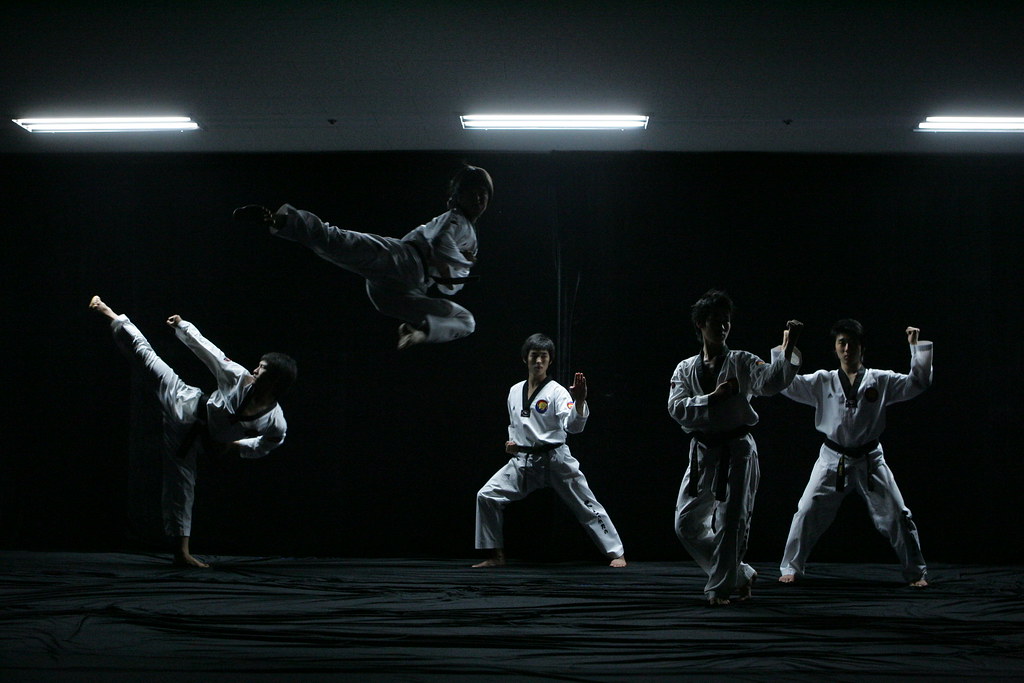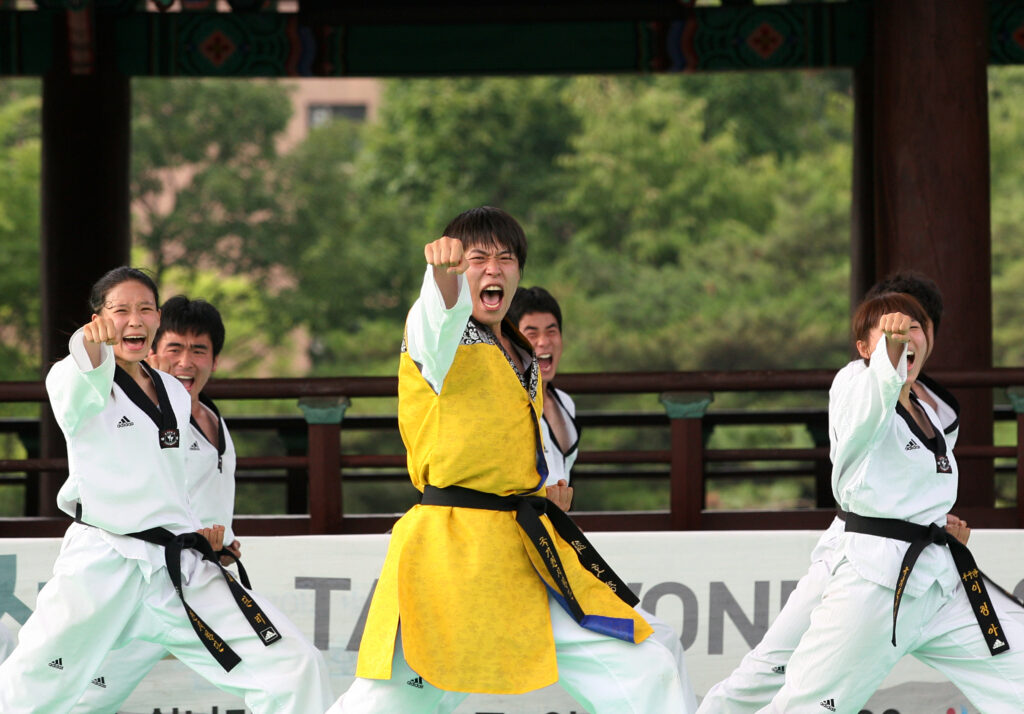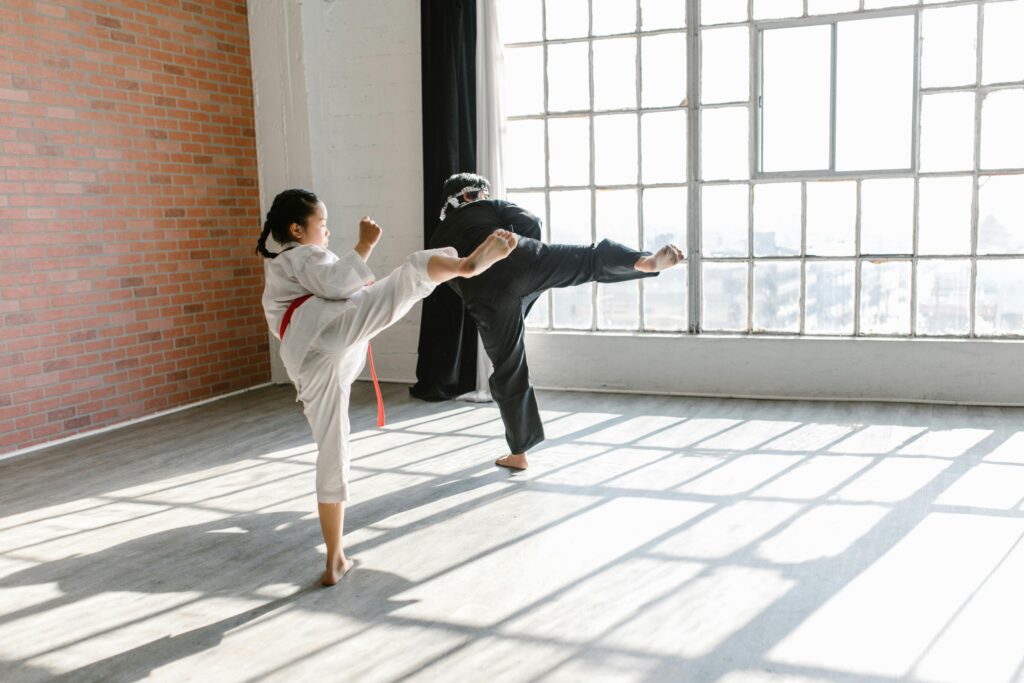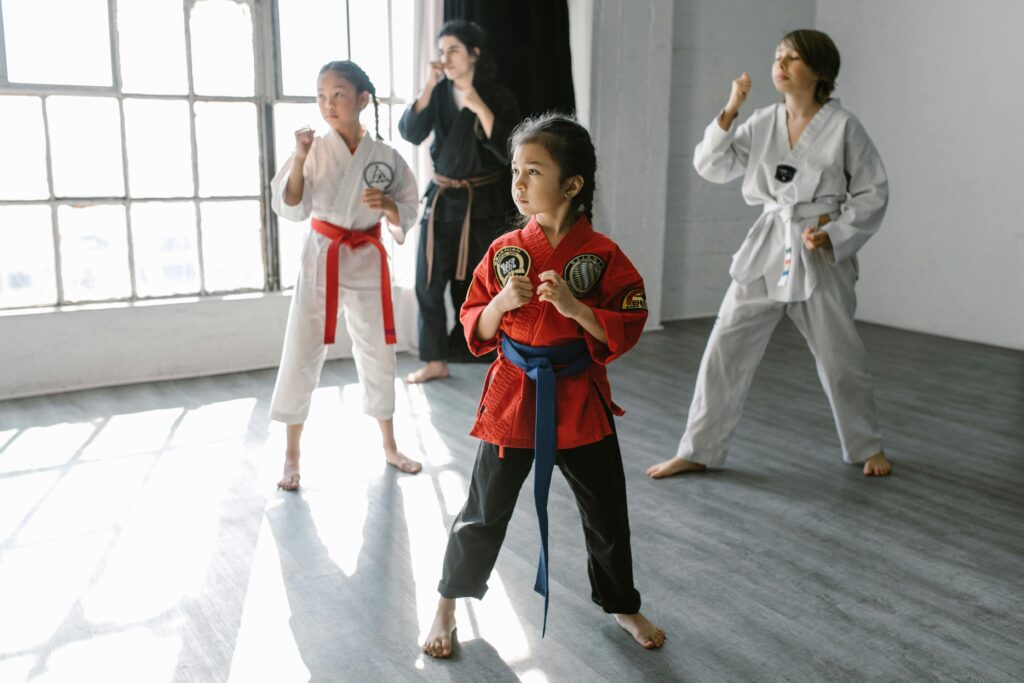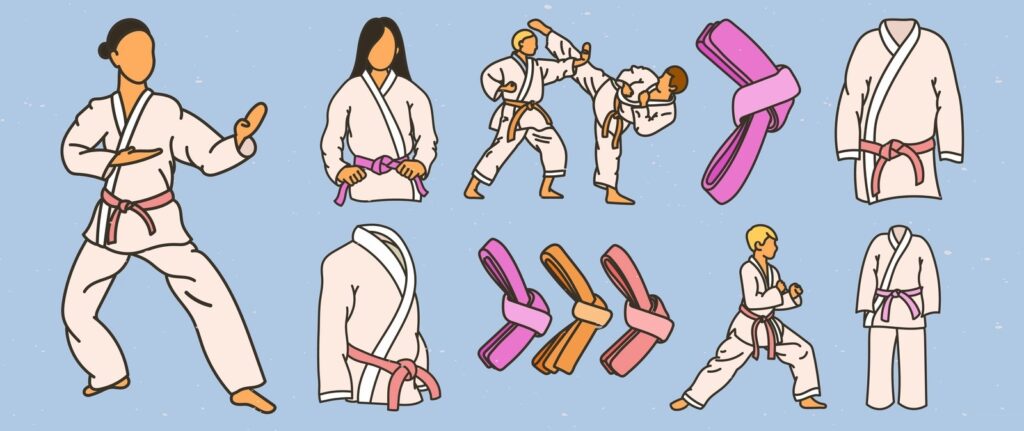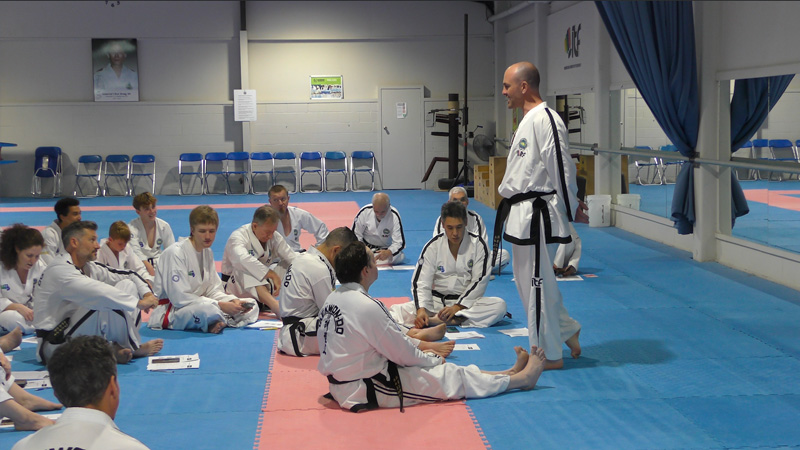How to Prepare for Your First Taekwondo Tournament
How to Prepare for Your First Taekwondo Tournament
Introduction: Stepping Into Your First Tournament
Your first Taekwondo tournament is a moment of pride, excitement, and nervous energy all rolled into one. Whether you’re a white belt stepping onto the mat for the very first time or a colored belt testing your growth, this experience marks an important step in your Taekwondo journey. It’s more than just kicks and punches — it’s a test of discipline, focus, and self-control.
Taekwondo, which literally means “the way of the foot and the fist” (tae = foot, kwon = fist, do = way), is a Korean martial art practiced worldwide today. Many beginners wonder, “Is Taekwondo Korean or Japanese?” — and yes, it originated proudly in Korea, deeply rooted in respect, discipline, and perseverance.
When you prepare for your first tournament, your goal is not just to win — it’s to grow. Every competitor in Taekwondo shares the same journey of improving their mind and body through constant learning and self-mastery.
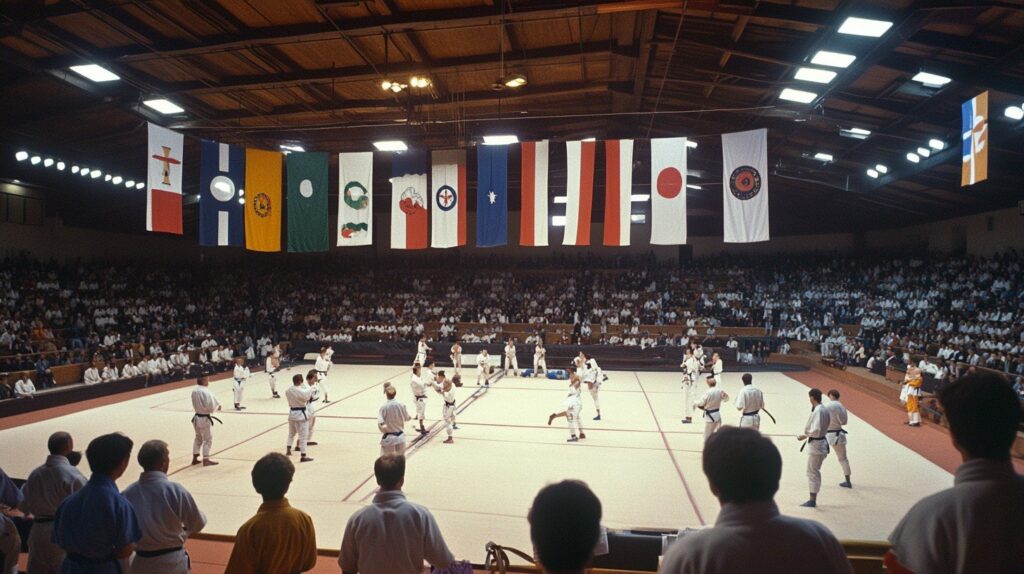
1. Understanding What Taekwondo Is and Where It Comes From
Before you bow onto the mat, it’s essential to understand the art itself. Taekwondo is a Korean martial art developed after World War II, emphasizing powerful kicks, precise movements, and a strong moral code.
The World Taekwondo Center (previously known as the World Taekwondo Federation) oversees global competitions and promotes fairness and sportsmanship. The Songahm Taekwondo style, widely taught in many schools, focuses on forms (poomsae), sparring, and self-defense.
If you want to dive deeper into Taekwondo’s history, you can explore detailed information on Wikipedia’s Taekwondo page.
Understanding its roots helps you appreciate that every kick, bow, and stance carries centuries of Korean tradition and philosophy.
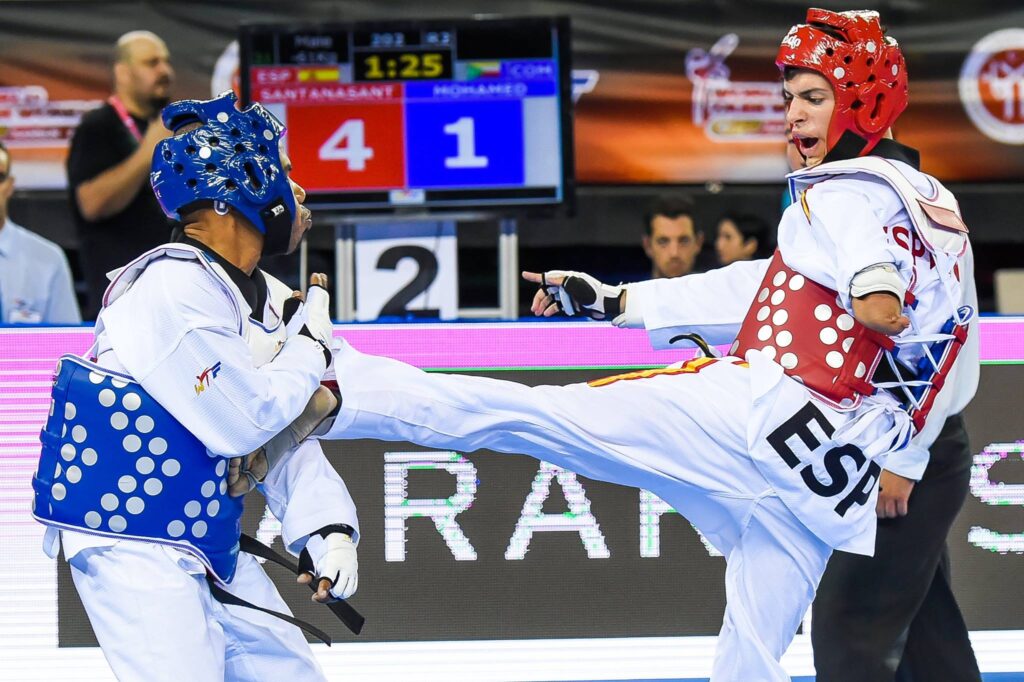
2. Knowing the Rules and Poomsae (Forms)
Before your first competition, learn the structure of your event. Taekwondo tournaments generally have two categories:
- Sparring (Kyorugi) — a controlled combat between two athletes.
- Poomsae (Forms) — a series of movements performed to demonstrate balance, power, and focus.
Each has specific rules set by World Taekwondo. Knowing the boundaries, scoring criteria, and etiquette can help you perform with confidence.
Practicing your Taekwondo poomsae regularly sharpens your technique and mental focus. For beginners, it’s normal to feel overwhelmed, but consistent repetition will make your forms natural and powerful.
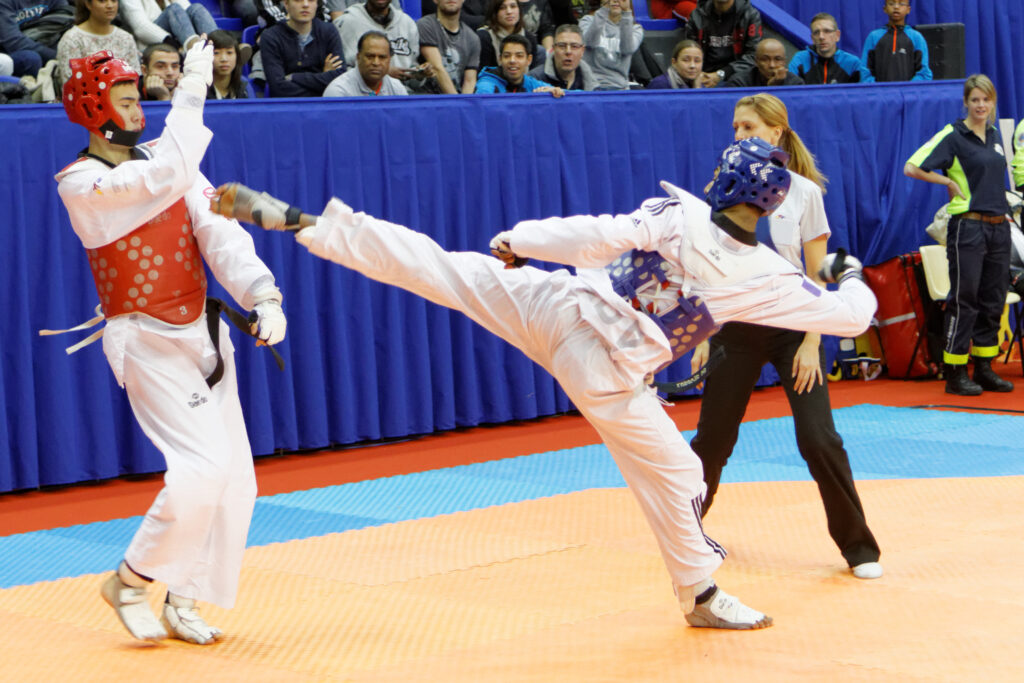
3. Physical Preparation and Conditioning
Taekwondo tournaments demand agility, speed, and endurance. Training consistently — focusing on Taekwondo kicking, stretching, and core strength — is key to performing well.
Spend extra time on basic kicks such as the side kick, roundhouse kick, and axe kick. Work on flexibility to improve your kicking range. You can even watch instructional videos from reliable sources like World Taekwondo’s YouTube channel to improve your techniques.
A balanced diet, adequate hydration, and good sleep are equally important parts of preparation. Remember, physical readiness is just one part of success — your mindset is what truly wins matches.
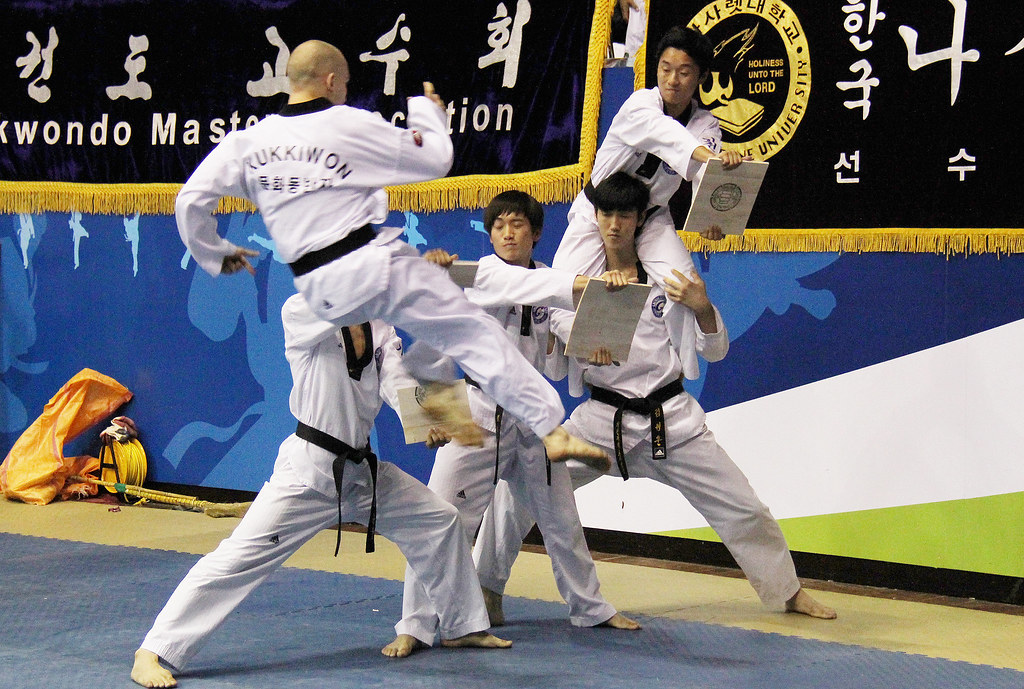
4. Mastering Taekwondo Kicking and Techniques
Kicking is what makes Taekwondo stand out among other martial arts. While karate and Taekwondo share similarities, Taekwondo places much greater emphasis on leg techniques.
To master Taekwondo kicks:
- Practice accuracy before power.
- Use a Taekwondo kick pad or paddle to train consistency.
- Combine kicks with proper breathing control.
- Train under supervision at your dojang or Taekwondo school to avoid injury.
If your dojang follows the Songahm Taekwondo style, you’ll notice how each form develops your body balance and timing. Each kick you perfect helps build both your confidence and focus — qualities that will shine in competition.
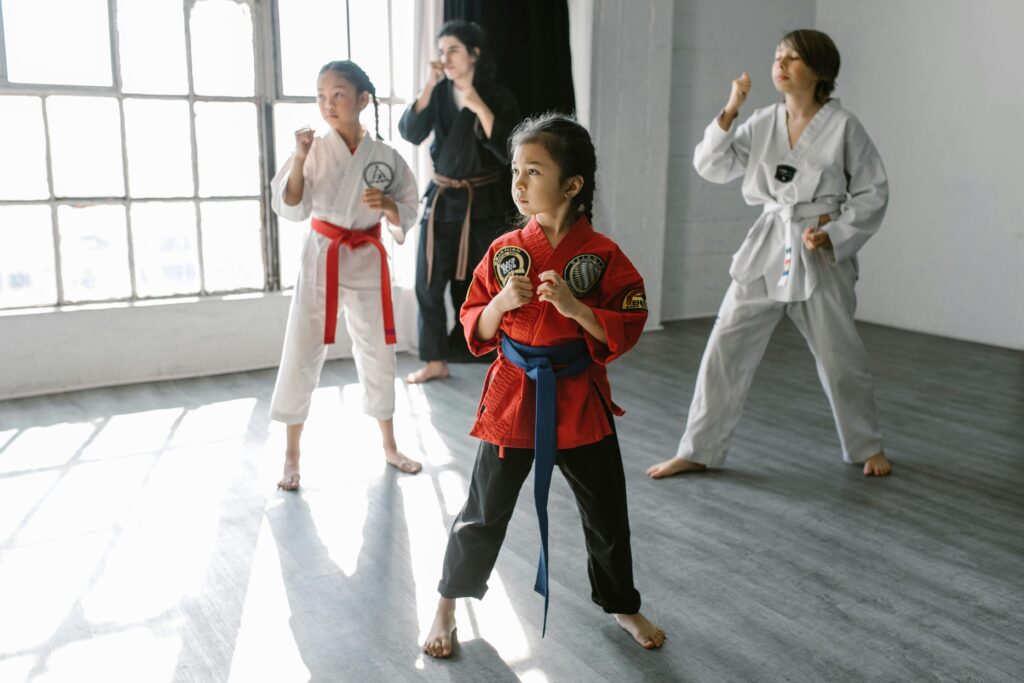
5. Mental Readiness and Confidence Building
A strong mindset is as important as physical training. Feeling nervous before your first match is completely natural. Visualization, deep breathing, and goal setting can help you stay composed.
Taekwondo teaches students to stay calm under pressure — whether in tournaments or in daily life. Children’s Taekwondo classes often emphasize focus, discipline, and respect, helping young athletes gain confidence early.
If you ever doubt yourself, remember that every black belt was once a white belt who never gave up.
For emotional support and expert advice, you can also explore TKD Coaching’s expert coaches, who share practical training tips and motivational insights.
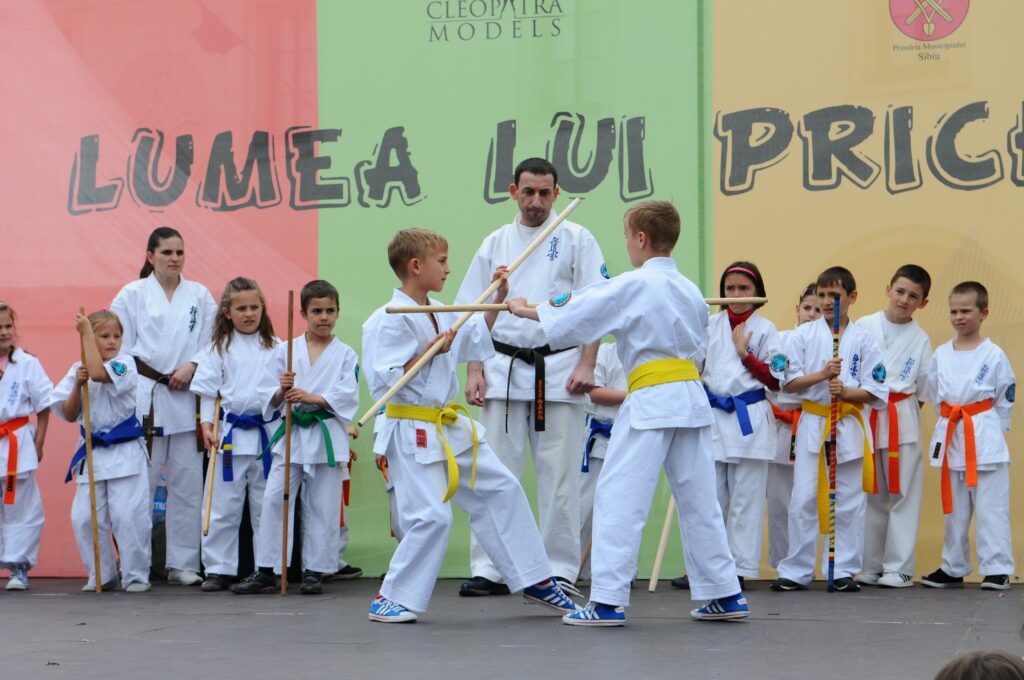
6. What to Bring and Wear – Your Taekwondo Gear
Before tournament day, prepare your Taekwondo outfit (dobok), belt, helmet, gloves, shin guards, and mouthguard. Clean, neat attire shows respect for the art.
If you’re representing your school, ensure your Taekwondo uniform name tag or patch is properly attached. Wearing Adidas Taekwondo shoes or similar training footwear can help in warmups, but they’re usually removed during competition.
Your Taekwondo belt holder should be tied neatly — the belt represents your effort and rank. If you need help, check this helpful guide on how to tie a Taekwondo belt.
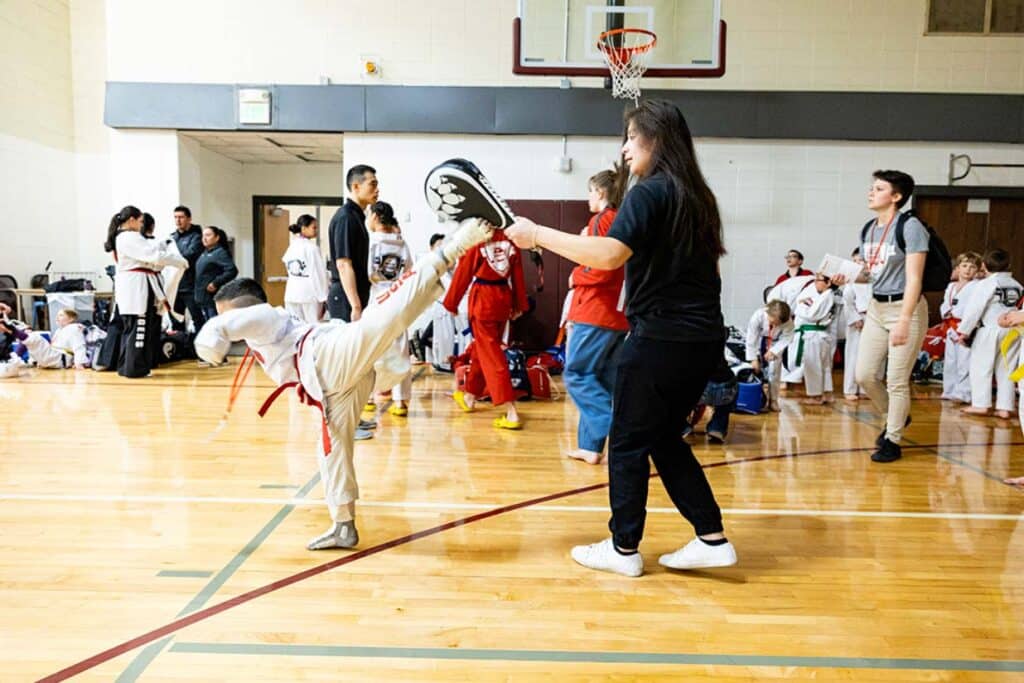
7. Common Mistakes Beginners Make
It’s normal to make mistakes during your first Taekwondo tournament. Here are a few to avoid:
- Forgetting to bow before and after matches.
- Losing focus due to nerves.
- Neglecting warmups or hydration.
- Overestimating power instead of focusing on control.
Stay composed, follow your coach’s instructions, and remember that Taekwondo emphasizes respect over aggression.
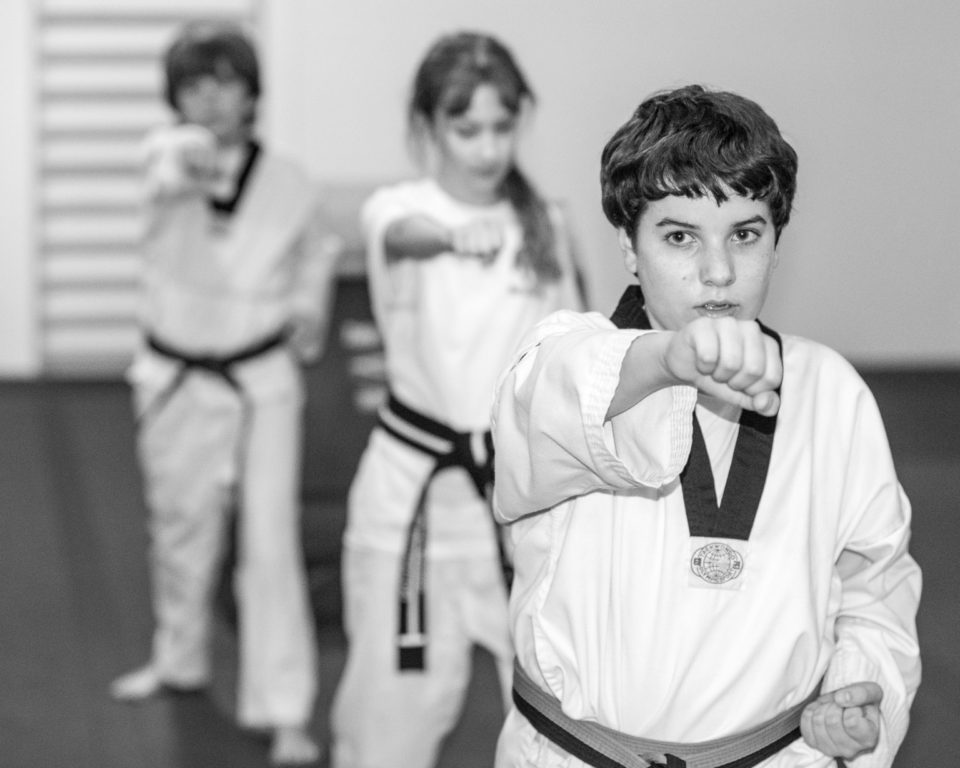
8. Learning from Each Match – Win or Lose
Whether you win your first medal or not, every match teaches you something valuable. Record your sparring rounds and review them with your instructor. Identify what worked, what didn’t, and where you can grow.
You can explore TKD Coaching’s premium membership to access professional breakdowns, drills, and mindset training that help competitors at all levels improve.
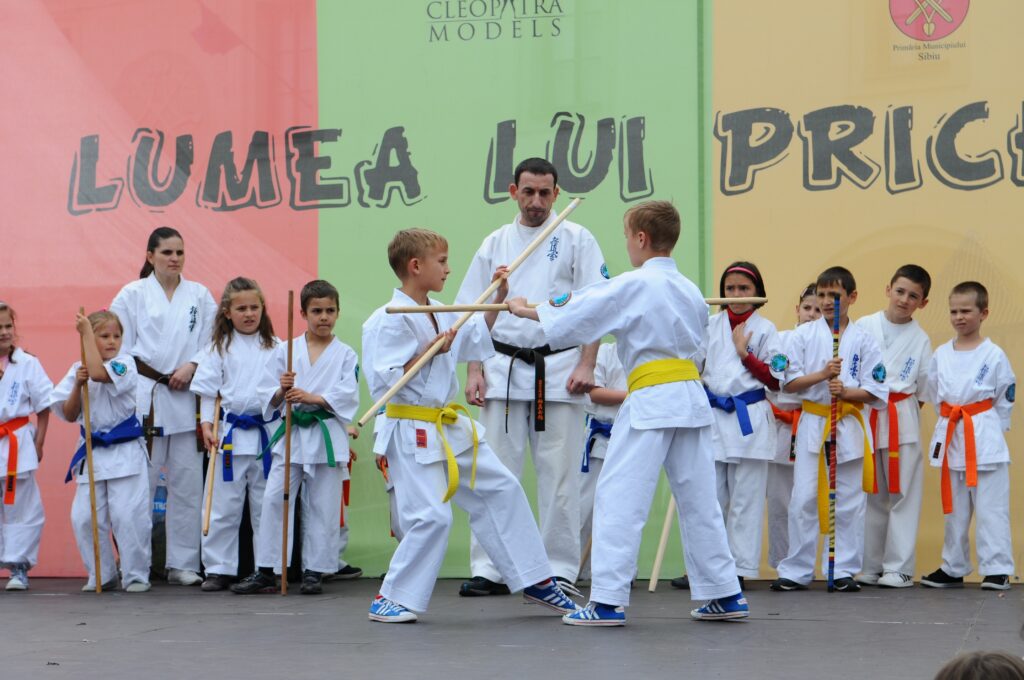
9. Conclusion: The Journey Beyond the First Tournament
Your first tournament isn’t just a competition — it’s the start of a lifelong journey of self-improvement. You’ll gain friends, discipline, humility, and resilience that extend beyond the mat.
As Taekwondo practitioner Jade Jones, an Olympic gold medalist, once said, “It’s not about being the best in the world; it’s about being the best version of yourself.”
If you’d like to keep learning and preparing for future tournaments, explore these helpful pages:
- About Taekwondo and Our Mission
- FAQ and Common Questions
- Contact Us for Support
- Our TKD Coaching App
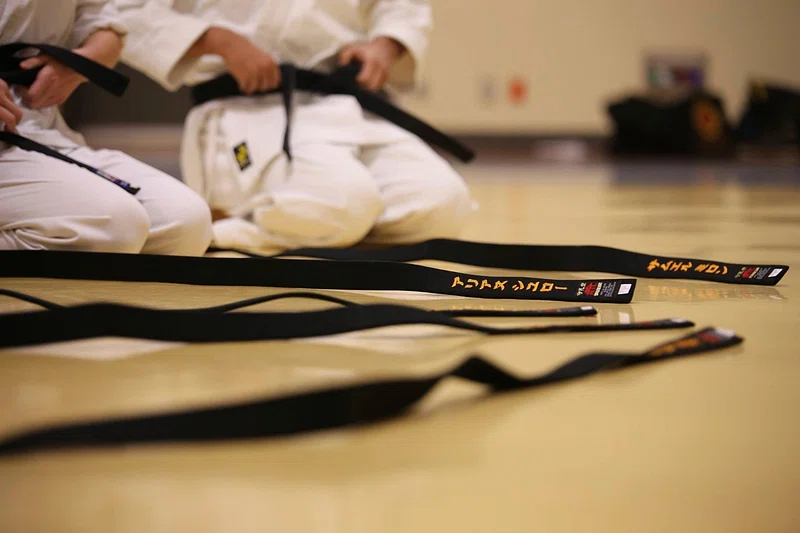
FAQ Section
Q1: What should I expect in my first Taekwondo tournament?
You’ll perform poomsae and/or sparring in a safe, controlled environment. Expect to meet athletes of your level and learn through experience.
Q2: How can children prepare for Taekwondo tournaments?
Focus on consistent practice, discipline, and mental calm. Children’s Taekwondo classes help build confidence early through fun, structured training.
Q3: What’s the difference between Karate and Taekwondo?
Karate originated in Japan and focuses more on hand strikes, while Taekwondo is Korean and emphasizes high, fast kicks.
Q4: What gear do I need for competition?
A clean dobok, belt, helmet, gloves, shin guards, mouthguard, and approved sparring pads. Always check tournament rules for equipment standards.
Q5: How long before a tournament should I start preparing?
Ideally, 6–8 weeks before the event. Focus on technique, stamina, flexibility, and mental focus.

